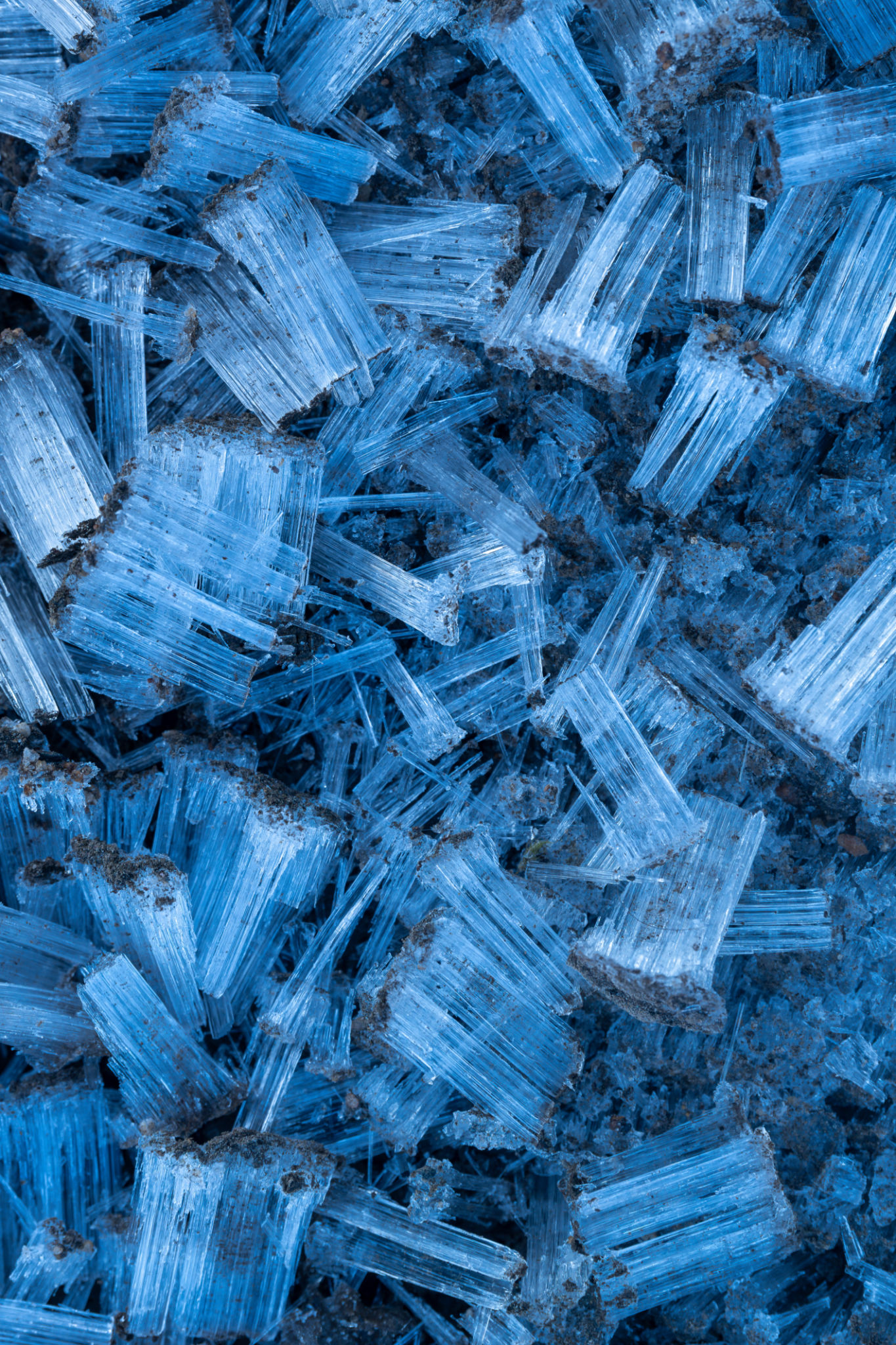Red Iron vs Cold Formed Buildings: Which is Right for You?
Understanding Red Iron Buildings
Red iron buildings, often referred to as steel I-beam buildings, are a popular choice for those seeking durable and robust structures. These buildings are made from steel that is coated with a layer of red oxide to protect against rust and corrosion. They are known for their strength and ability to span large distances without the need for interior support columns, making them suitable for industrial applications like warehouses and factories.
One of the key advantages of red iron buildings is their structural integrity. The use of steel I-beams ensures that the building can withstand heavy loads and harsh weather conditions. This makes them an excellent choice for areas prone to extreme weather events such as hurricanes and heavy snowfalls.

Advantages of Red Iron Buildings
Red iron buildings offer several benefits, including:
- Durability: Steel is one of the most durable construction materials, ensuring longevity.
- Customization: These buildings can be customized to fit specific needs, from size to design.
- Fire Resistance: Steel structures provide excellent fire resistance compared to traditional wood frames.
Exploring Cold Formed Buildings
Cold formed buildings, also known as light gauge steel constructions, have gained popularity due to their versatility and cost-effectiveness. Unlike red iron buildings, cold formed structures are made from thin sheets of steel that are shaped at room temperature. This process allows for greater flexibility in design and construction.
These buildings are ideal for smaller-scale projects such as residential homes, garages, and small commercial spaces. Cold formed steel is lightweight, making it easier and faster to erect, which can significantly reduce construction time and labor costs.

Benefits of Cold Formed Buildings
The advantages of opting for cold formed buildings include:
- Cost-Effective: Typically cheaper due to reduced material and labor costs.
- Lightweight: Easier to handle and transport, which can reduce shipping expenses.
- Design Flexibility: Allows for unique and intricate designs due to the malleability of the material.
Comparing Red Iron and Cold Formed Buildings
Choosing between red iron and cold formed buildings depends largely on your specific needs. If you require a large, open space with minimal support structures, a red iron building might be the right choice. On the other hand, if your project centers around a smaller scale with more intricate designs, cold formed buildings could be more suitable.

Considerations for Making Your Choice
When deciding between these two types of structures, consider the following factors:
- Project Size: Larger projects may benefit from the strength of red iron, while smaller ones might find cold formed more practical.
- Budget: Assess your budget constraints as cold formed generally offers a more economical solution.
- Environmental Conditions: Areas with harsh weather may require the robustness of red iron for added security.
The Final Decision
The decision between red iron and cold formed buildings ultimately comes down to your project’s specific requirements. Both options offer unique benefits that cater to different needs. By assessing factors such as budget, design preferences, and environmental conditions, you can determine which building type aligns best with your goals.
No matter your choice, both red iron and cold formed buildings provide reliable and durable solutions for various construction needs. Ensure you consult with professionals who can offer advice tailored to your specific situation, ensuring a successful build that meets all your expectations.
